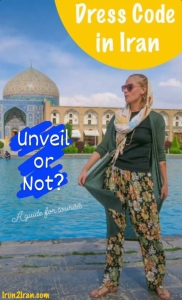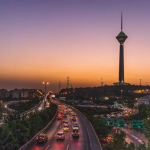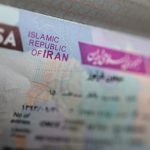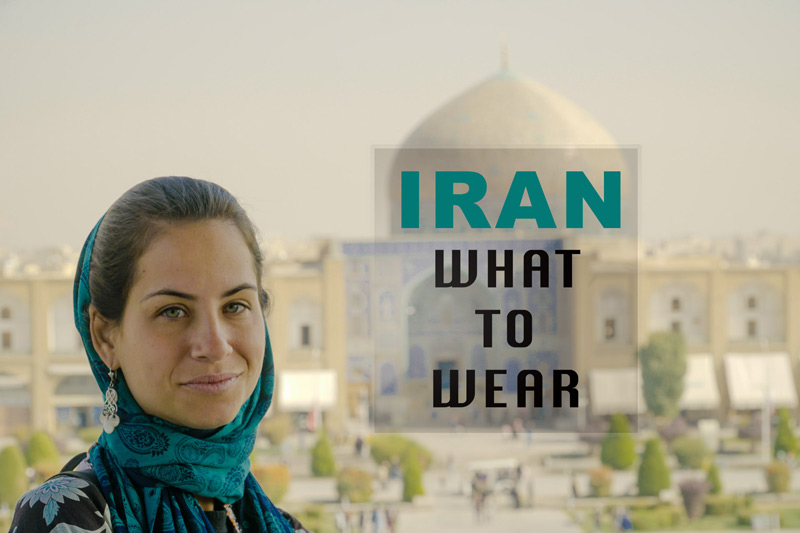
Tourists in Iran should follow Islamic dress codes, which apply to all, men and women. Women must wear long, loose-fitting clothes covering their arms and legs, and a headscarf is obligatory in public. Long tunics, maxi dresses, or manteaus are great pieces. Men should not wear shorts or sleeveless shirts, but rather long trousers and short- or long-sleeve shirts. Bright colors are fine; tourists often find the dress code less strict than they might have imagined, particularly in major cities such as Tehran or Shiraz.
It’s important to note that these guidelines are for public spaces. The dress code can be more casual in private homes or some tourist accommodations. Seasonal changes also make a difference—lighter fabrics are suggested for summer, whereas warmer clothes are essential in cooler months. Make sure to follow the dress code while traveling there as it is both a cultural thing and it will help you feel comfortable.
Understanding the Dress Code in Iran
When visiting Iran it is important to familiarize yourself with the country’s dress code. Iranians have very strict rules for what they can wear at home, and that also translates to tourists visiting the country. While these rules are embedded in the country’s cultural and religious traditions, tourists can easily get around them by observing a few basic dos and don’ts.
Read also: Is it safe to travel to Iran? An Ultimate Guide
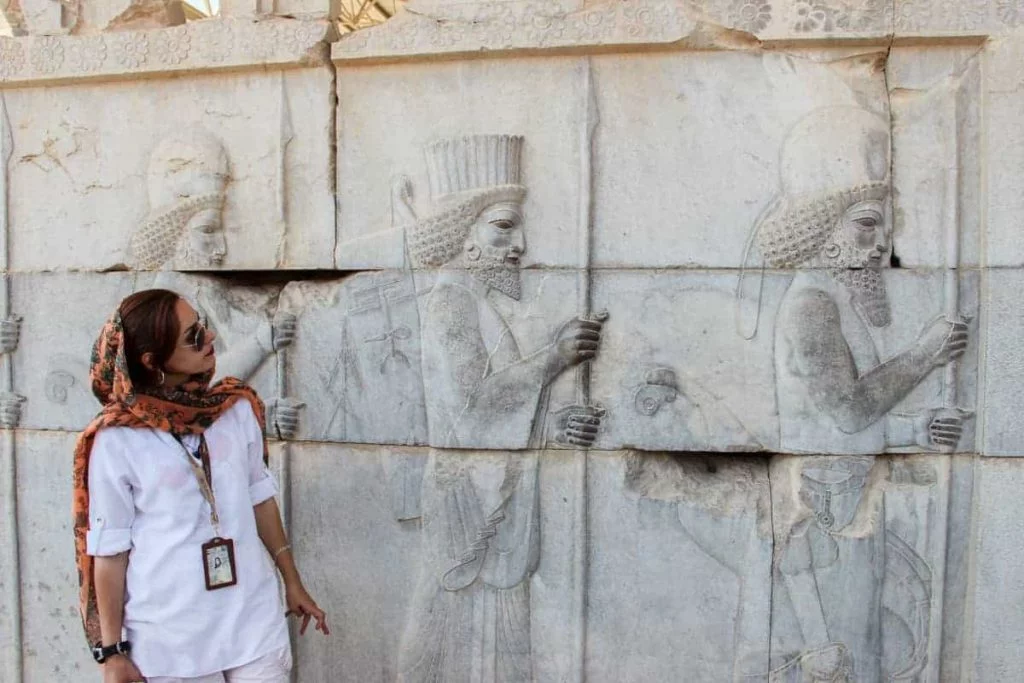
Dress Code Obligations for Locals and Tourists in Iran
Both Iranian citizens and tourists are expected to respect the Hijab in Iran while they are in public spaces. However, the enforcement and consequences may vary. Locals are subject to stricter regulations and may face penalties for non-compliance, while the dress code in Iran is generally relaxed for tourists. Nonetheless, it is important for tourists to show respect for the local customs and abide by the guidelines.
Read also: Iran, an Awesome Country For Making Friends With Locals
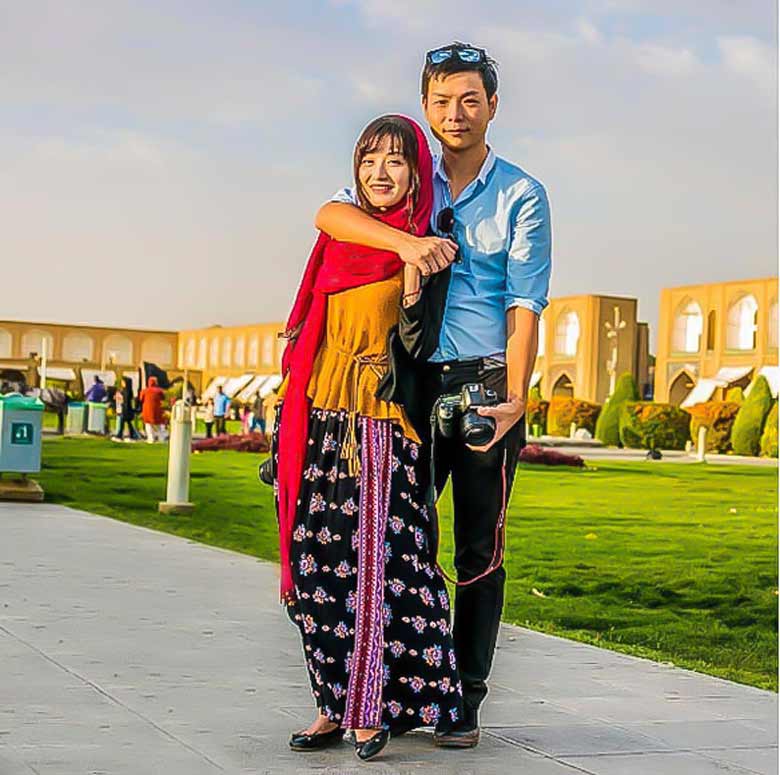
General Iran Dress Code Tips for Tourists
Here are some tips about the Iranian dress code for male and female tourists:
Men’s Dress Code
The Iranian dress code for male travelers visiting Iran is not that strict, but it still focuses on modesty. Shorts are not allowed in public areas and long pants are required even in hot weather. Tank tops and sleeveless tops are not appropriate, but short-sleeved shirts are usually fine.
Steer clear of T-shirts featuring offensive graphics or phrases to show consideration for local sensibilities. Breathable fabrics like cotton are recommended in order to be comfortable in the varied environment of Iran.
Women’s Dress Code
Wearing loose-fitting clothing that covers the contours of the body and covering the hair with a headscarf, or hijab, are key features of the Iranian dress code for female tourists. Female travelers should make a note about bringing modest clothes or buying long manteaus or tunics in Iran. They should also wear pants or tights, as well, since wearing shorts or short skirts is not allowed in the country.
Also, consider apparel that is not transparent and too tight, since these features are frowned upon in the country and are not according to local standards of modesty. Bright patterns and colors are great ways for women to show their individual style, but they should always have a scarf on hand to change the covering as required.
General Tips for Both Genders
Both men and women need to keep their clothes clean and in good condition. Wearing sandals in casual environments is okay, but make sure to wear closed-toe and comfortable shoes in conservative settings.
Accessories such as hats or sunglasses are great if you want to be protected from the sun. However, female travelers should know that these items are not ideal for covering their hair. Nowadays, body piercings and tattoos are generally acceptable by the government and society, especially in major cities, so there is no need to worry about concealing them in public.
Accessories and Footwear
Footwear as a part of Iran dress code for tourist and locals is not subject to the same level of scrutiny as clothing. Sandals and flip-flops without socks are accepted for both men and women.
Considering the accessories, almost any type of is acceptable for both men and women. However, it is suggested not to use the symbols such as Israel Star, Satanism symbols, or anything that insults Islam.
Read also: Female traveler in Iran
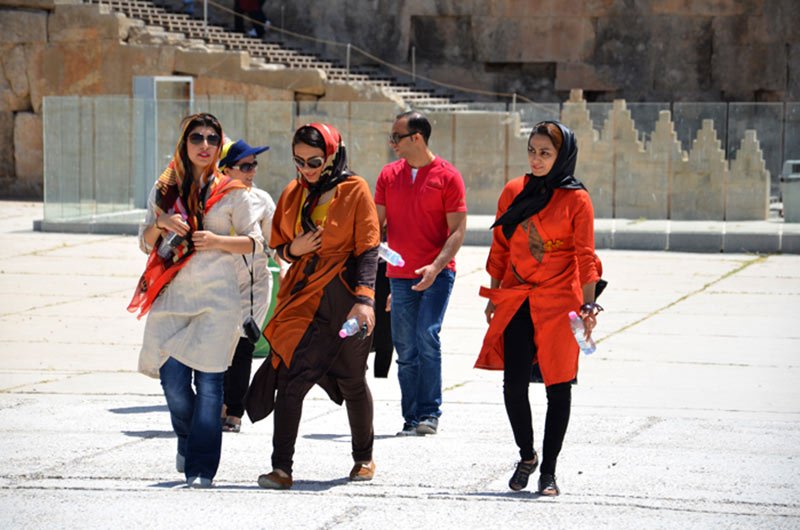
Dress Code in Different Locations in Iran
The dress code may differ slightly depending on which part of Iran you are visiting. Here are the different dress codes for tourists in Iran based on region:
Urban Areas
The dress code for tourists in Iran is somewhat loose in large cities such as Tehran, Shiraz and Isfahan. Women can wear fashionable manteaus and vibrant scarves with jeans as long as the clothing is loose and covers the important parts of the body.
Men can choose to wear short-sleeved shirts and pants. However, it’s a good idea to have a jacket to help you adapt to more conservative settings, such as government buildings or religious places.
Religious Sites
Stricter regulations are in place at places of worship such as mosques and shrines in Qom and Mashhad. A chador or full-body covering is frequently required for female travelers visiting Iran and is occasionally given at the entrance. Otherwise, a headscarf and a long and loose manteau are necessary. Men’s dress code for foreigners in Iran requires long-sleeved shirts and forbids shorts. Clean and modest clothes are required, and shoes must be taken off before visiting religious shrines.
Rural Areas
There is a more restrictive dress code in smaller towns and rural areas. Women’s dress code for foreigners in Iran visiting rural regions requires wearing longer, more conservative apparel, such as ankle-length pants and hip-length tunics, while tightly wearing the headscarf.
Men should not dress too casually, such as in athletic wear, and just stick to long pants. It is easier to guarantee polite encounters in these circumstances when local customs are followed.
Coastal Areas and Private Settings
Beaches and coastal locations such as Kish Island permit somewhat casual clothing; however, male tourists must wear suitable swim trunks and women can only wear swimwear on private or women-only beaches. More casual attire is appropriate in private places, including hotel rooms or while visiting someone’s house.
When attending women-only events in private houses, ladies may take off their headscarves, although it is courteous to check with the host. Because public events or festivals may have certain expectations, it’s a good idea to watch locals or check with guides.
Iran’s diverse culture may be fully experienced and respected by adhering to the dress code for tourists in Iran, which also promotes good relations with Iranians.
Read also: Nowruz Persian New Year, All to Know
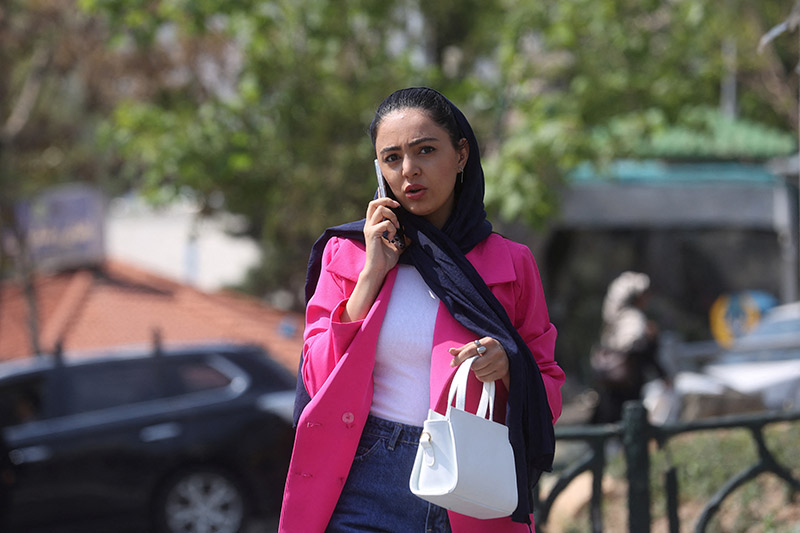
Iran dress code law
To uphold Islamic values, Iran’s dress code law is based on the same principles, commanding both men and women to wear modest apparel in public. For women, this means wearing a hijab (headscarf) and garments that cover both hair and neck, and covering the body with loose-fitting clothes. Shirts and tunics or coats should be long, and skirts or pants should cover the legs completely. Shorts are not permitted for men, long trousers are required. Sleeveless tops or tank tops are not allowed, though short-sleeved shirts are.
Clothing to Avoid When Traveling in Iran
Based on Iran hijab law and regulations that governs Iran, it is advisable to avoid wearing revealing clothes or tight-fitting garments. As a part of Iran dress code female travelers should avoid short skirts, sleeveless tops, or form-fitting attire. Instead, they can put on loose-fitting garments that cover the arms and legs, along with a headscarf to cover the hair. Men should avoid shorts and sleeveless shirts.
Read also: Traveling to Iran During Ramadan: Cultural Insights and Tips
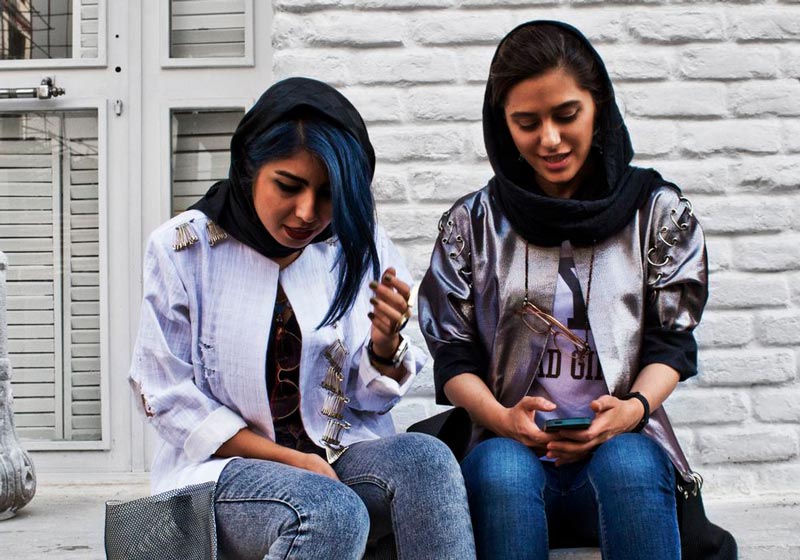
Practical Tips for Dressing in Iran
- Before traveling to Iran, it is advisable to get familiar with Iran hijab law and research the specific dress code requirements for the regions you plan to visit. Different cities or regions may have slightly different interpretations and levels of enforcement.
- When packing for your trip, choose clothing items that show respect to Iran dress code law. The recommended items are loose-fitting, lightweight fabrics that provide coverage while allowing for breathability in the country’s warm climate.
- Layering is an excellent technique to adapt to different situations and locations. Carrying lightweight scarves or shawls can be useful for covering the hair when needed. Additionally, carrying a small umbrella or hat can provide shade and protection from the sun while complying with the dress code.
- If you are unsure about specific dress code requirements or have any concerns, it is always helpful to seek advice from locals or your accommodation provider. They can provide valuable insights and guidance to ensure you dress appropriately and respectfully during your trip.
- To enter the holy shrines Chador (the most radical version of female hijab in Iran) is needed, it will be given to you upon entrance.

FAQs about Iran dress code
How to dress as a tourist in Iran?
Being worried about Iran dress code for tourist, I should say that it is not that complicated to obey the dress code in Iran. Anything that simply covers your hair and body plays the role. Generally speaking, Hijab in Iran is not so strict neither for locals nor for tourists. A headscarf, long sleeves, and loose-fitting clothing that covers the arms and legs is ok for women and long pants and shirts with sleeves is ok for men.
Are there any dress code rules for children in Iran?
There is no specific dress code in Iran for children. Boys typically wear short or pants with t-shirt or shirt, while girls wear different type of dresses, skirts or pants. Older girls try to cover the body more but the youngers have a more easygoing style.
Can you wear sandals in Iran?
Hijab in Iran has no rule for the footwear. Any type of shoes, sandals and flip flops is acceptable and wearing socks is not a must. Depending on the activity you will have in Iran, try to select the most suitable footwear.
Can you wear leggings in Iran?
Leggings and skinny pants, despite common misconceptions, are very popular in Iran. If you are wearing leggings or skinny pants, be careful to use a longer top that cover to mid-thigh.
Can you wear ripped jeans in Iran?
The general Iran hijab law says that women do not show their legs in public. Despite this fact, Ripped Jeans or Capri Pants is used by the women and men in Iran.
Can you wear shorts in Iran?
As a part of Hijab in Iran, wearing shorts is completely prohibited for the women. Likewise, the only serious limitation in Iran dress code law for guys is that they are not allowed to wear shorts in public. In fact, it is better not to be surprised by seeing rare guys wearing shorts.
what should i wear at the beach or waterpark in Iran?
Following the hijab guideline that says naked or semi-naked body is strictly forbidden to be exposed in the public, at the beach only the covered swimsuit are allowed. When you are in segregated pools or waterparks in Iran, it is allowed to wear a one-piece swimsuit or a tankini, while bikinis may not be accepted.
are there any color restrictions for clothing in Iran?
There is no color restriction and the colorful clothes are highly acceptable
Let us know your experiences of your Dress code in Iran in the comment box below, we will be happy to hear from you!

